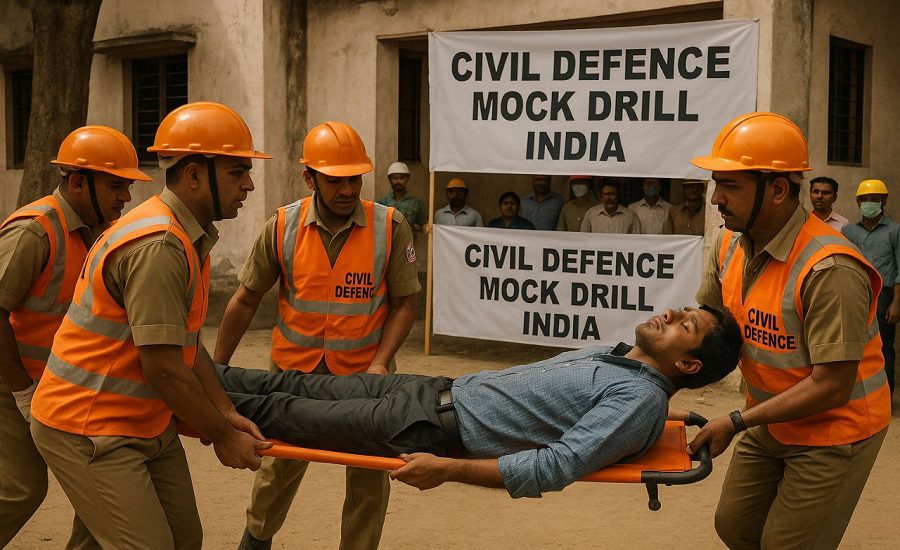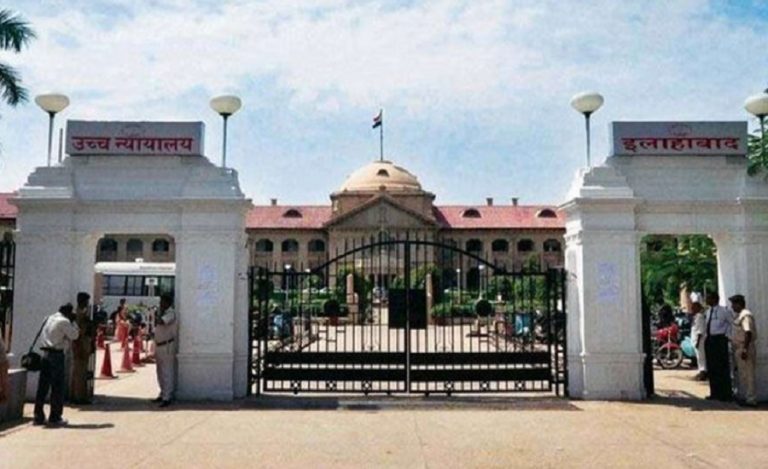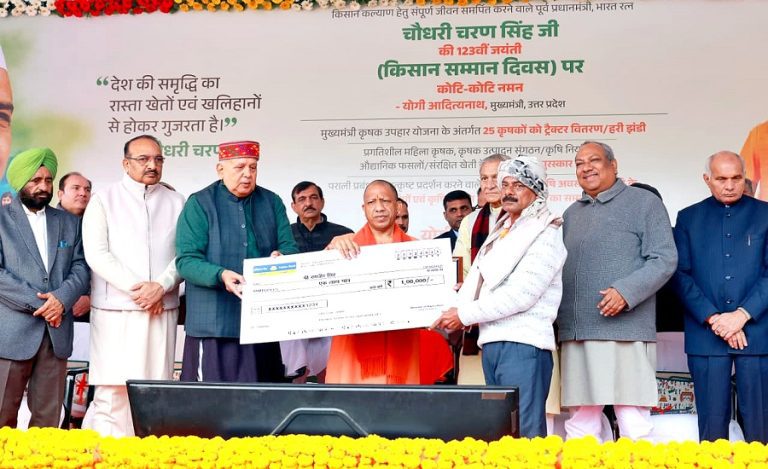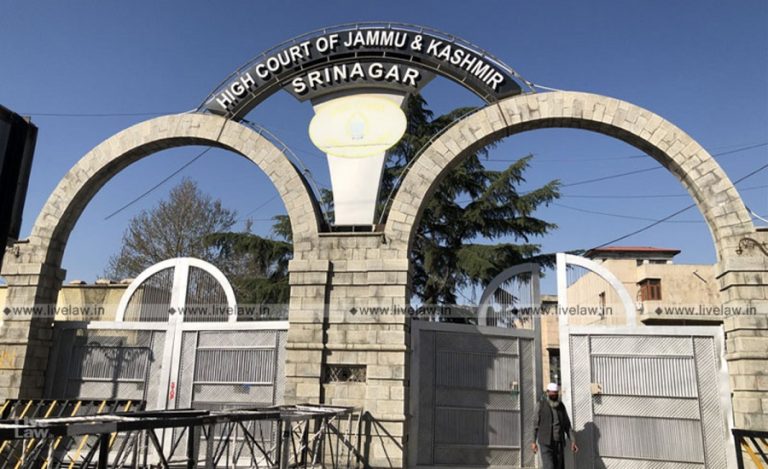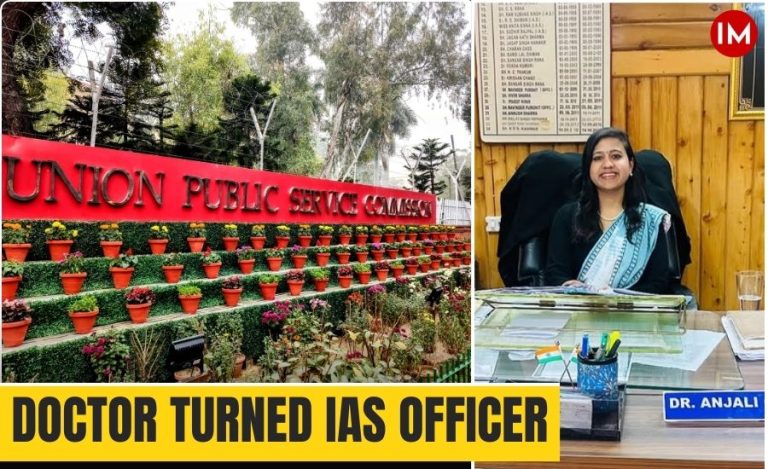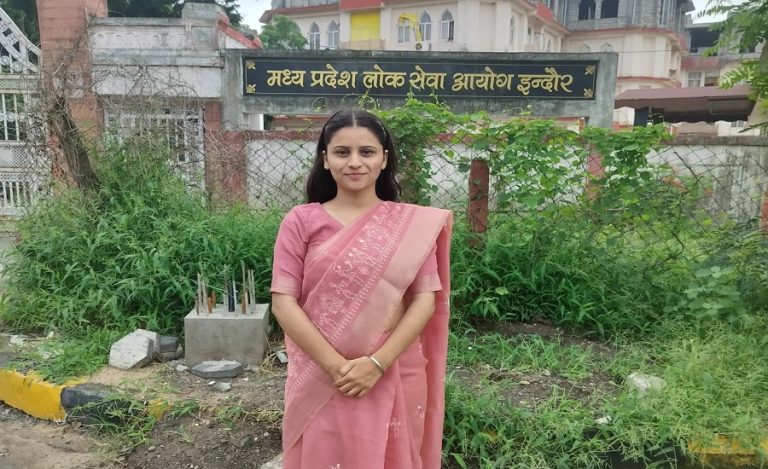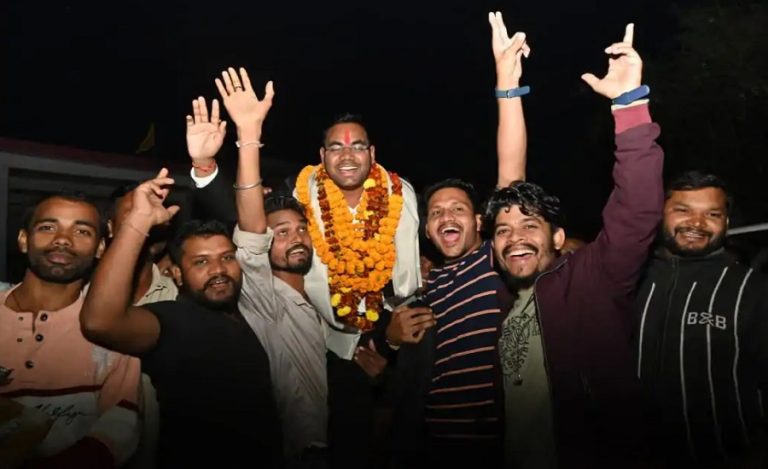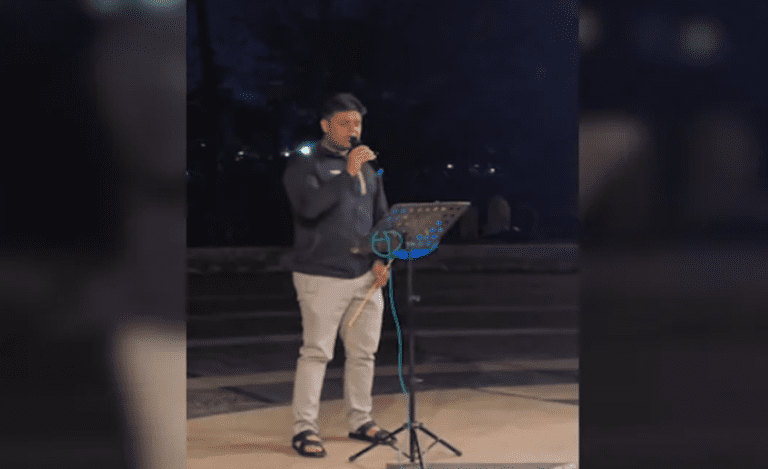New Delhi: Union Home Secretary Govind Mohan, an IAS officer of 1989 batch from Sikkim cadre, will convene a crucial meeting on Tuesday to review the preparations for strengthening the country’s civil defence mechanisms. The review comes as part of ongoing efforts to bolster national security in light of the escalating tensions with Pakistan, particularly following the Pahalgam terror attack in Jammu and Kashmir on April 22, 2025.
The meeting will focus on mock drills set to take place on May 7, 2025, across various states and Union Territories. The drills are designed to prepare civilians and civil defence units for potential hostile attacks, including air raids, and to ensure the country’s readiness in the face of emerging security threats.
Mock Drills to Strengthen Civil Defence Measures in 244 Districts
In light of rising tensions with Pakistan following the Pahalgam attack, the Ministry of Home Affairs has directed all states to conduct comprehensive mock drills on May 7 across 244 designated Civil Defence Districts. These drills aim to prepare citizens for wartime survival and reinforce emergency response procedures. Unlike regular administrative districts, Civil Defence Districts have been categorized based on sensitivity – Category-1 being the most sensitive, followed by Category-2 and Category-3.
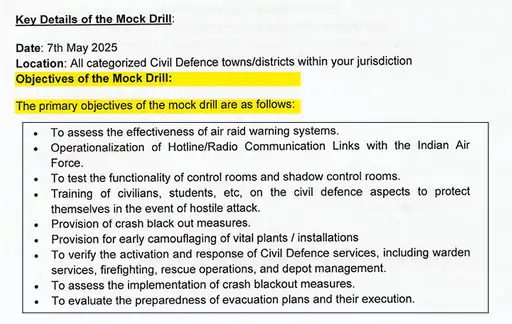
The nationwide exercise will include key civil defence activities such as the operation of air-raid warning sirens, civilian training on protective measures, cleaning of bunkers and trenches, and early camouflaging of vital infrastructure. Rehearsals for evacuation plans will also be conducted to ensure rapid response in crisis scenarios.
A critical focus will be placed on testing communication systems, including the activation of hotline and radio communication links with the Indian Air Force (IAF), along with ensuring the functionality of control rooms and backup shadow control rooms.
Additionally, rescue teams and civilians will undergo training in survival techniques, complementing blackout drills recently held in Punjab’s Ferozepur Cantonment, where electricity was cut for 30 minutes as a preparatory measure for potential emergency situations.
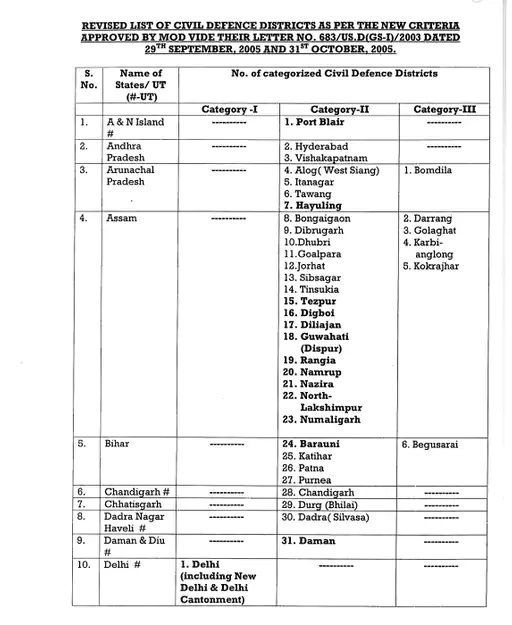
Objective
The primary objective of these drills is to prepare civilians and emergency responders for survival and coordination during a wartime scenario. Activities will include the activation of air-raid warning sirens, civilian training on protective strategies, cleaning of bunkers and trenches, and early-stage camouflaging of vital installations. Evacuation rehearsals are also part of the schedule.
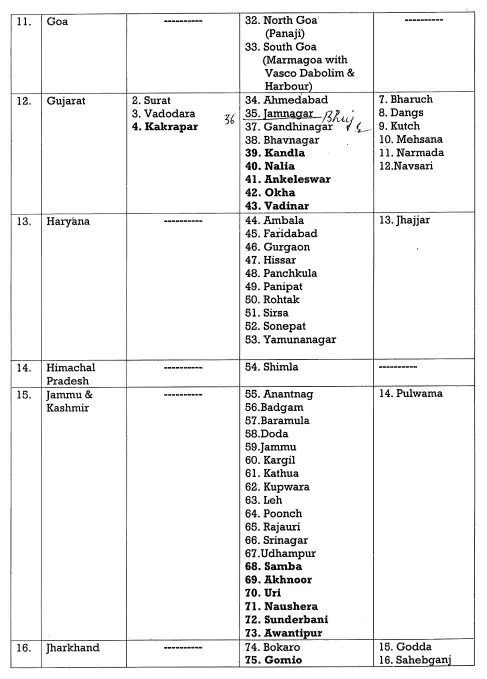
Geopolitical Context and Rising Security Concerns
The Pahalgam terror attack has significantly heightened security concerns, especially after 26 people, mostly tourists, were killed in the attack. Prime Minister Narendra Modi has vowed to bring those responsible for the attack to justice, declaring that the government would pursue the perpetrators and their conspirators “to the ends of the earth.”
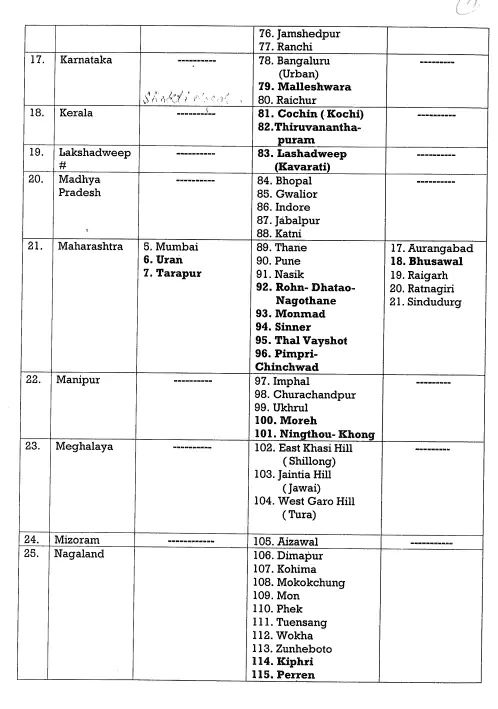
In response to the growing threats, the Home Ministry has emphasized the need for optimum civil defence preparedness, particularly in light of the complex and evolving geopolitical challenges.
A Nationwide Exercise to Strengthen Coordination
The civil defence exercise planned for May 7 will involve the active participation of several groups, including National Cadet Corps (NCC), National Service Scheme (NSS), and Nehru Yuva Kendra Sangathan (NYKS). College and school students will also be part of the exercise, aimed at assessing and enhancing the operational readiness of civil defence mechanisms at all levels.
The review meeting will be attended by senior officials, including the Director General of Civil Defence and the Director General of the National Disaster Response Force (NDRF), who will provide oversight on the overall effectiveness and coordination of the civil defence measures.
Broader Scope and Implementation
In addition to the preparation for hostile attacks, the exercise will assess other critical aspects, such as crash-blackout measures, ensuring that essential infrastructure is adequately protected, and enhancing coordination across various civil defence units. The government has also highlighted the importance of ensuring the participation of all relevant authorities at the village level for maximum impact.
The Home Ministry’s communication to states and UTs stresses the need for these drills to be conducted nationwide, with the exercise specifically focusing on operational efficacy and coordination across civil defence mechanisms.

